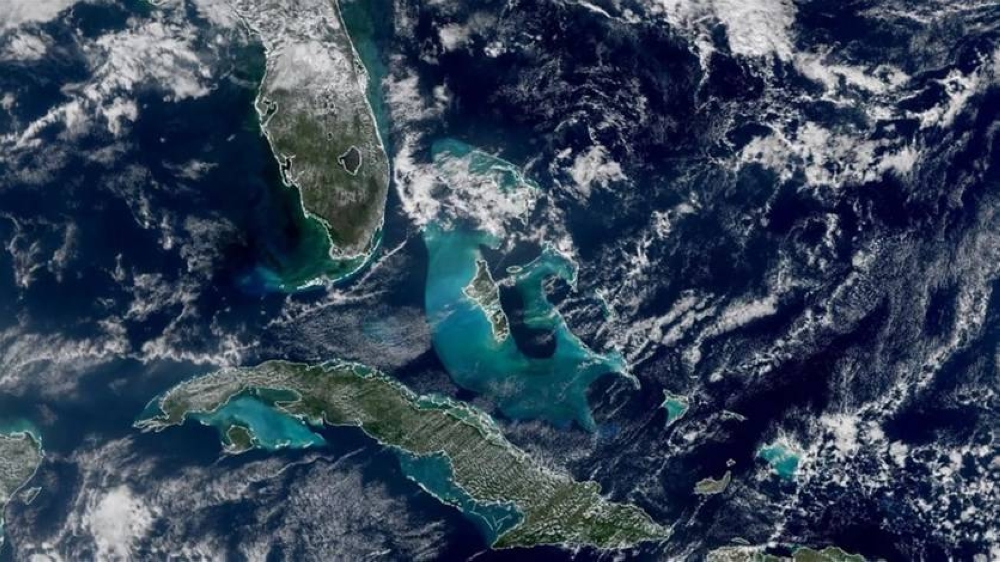The US Space Agency (NASA) announced that its satellite, 1NOAA-2, has captured recent pictures of the Earth, as part of its mission.
The satellite will provide a new global perspective of Earth from space and vital information about our planet's oceans, atmosphere and land. It is just the beginning of a modern science mission that will monitor the ocean environment and marine health, as well as the ability to track wildfires, droughts and floods.
The satellite contains an instrument known as the Visible Infrared Imaging Radiometer Array (VIIRS), which has begun collecting data, as it measures sea surface temperature, an important measure for monitoring hurricane formation. While monitoring ocean colour helps monitor phytoplankton activity - a key indicator of ocean ecology and marine health.
VIIRS on land can also detect and measure wildfires, droughts and floods, and its data can be used to track the thickness and movement of wildfire smoke, collecting images in both the visible and infrared light spectrum. Allowing scientists to see details of the Earth's surface, it also provides analysis of the world's snow cover, ice, clouds, haze, aerosols, dust and crop health.
It is worth noting that the NOAA-21 satellite is the second operational satellite in the (GPS) series, and its mission is expected to be about seven years. It was launched into orbit from the (Vandenberg) space base on Nov 10, 2022, while the previous version was launched as 'NOAA-20' in Nov 2017, a third operational satellite in the GPS series is scheduled to be launched in 2027, and a fourth in 2032.

